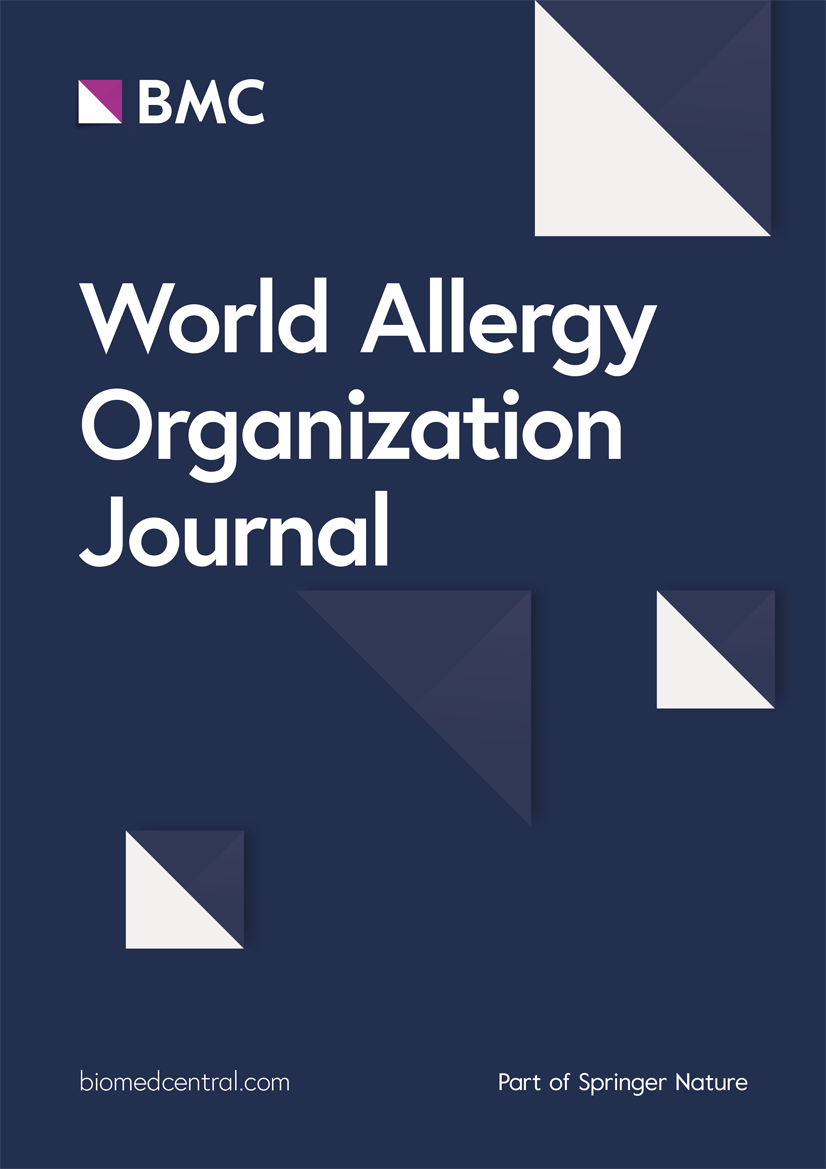Serum and urine eosinophil-derived neurotoxin (EDN) levels predict biologic response in severe asthma
IF 3.9
2区 医学
Q2 ALLERGY
引用次数: 0
Abstract
Background
Eosinophils are crucial in allergic inflammation, and their correlation with asthma severity has made them a focal point in predicting treatment outcomes. Blood eosinophil count is a commonly utilized marker. However, its limitations have prompted alternative biomarker exploration, such as eosinophil-derived neurotoxin (EDN).
Objective
This research was conducted over 24 weeks on 56 patients with severe asthma treated with mepolizumab, reslizumab, and dupilumab. We aimed to evaluate the clinical significance of blood eosinophil count and their potential, including those of blood EDN levels and urine EDN values as biomarkers for predicting treatment response.
Methods
The analysis encompassed examining correlations between biomarkers and clinical features, including exacerbation rates and lung function, through ELISA assays and subsequent statistical analyses. The study protocol is registered at ClinicalTrials.gov (NCT05164939).
Results
The findings underscore strong correlations between serum EDN levels, blood eosinophil counts, and treatment responses, with EDN demonstrating comparable predictive capabilities to blood eosinophil counts to determine treatment responses. Different biologics exhibited varying efficacy regarding baseline eosinophil counts and EDN levels.
Conclusions
Blood eosinophil counts and EDN levels show potential as predictive markers for treatment responses in patients with severe asthma undergoing biologic therapies. However, further comprehensive studies are warranted to enhance the reliability and applicability of EDN as an effective asthma treatment biomarker.
血清和尿液嗜酸性粒细胞衍生神经毒素(EDN)水平预测严重哮喘的生物反应。
背景:嗜酸性粒细胞在过敏性炎症中起关键作用,其与哮喘严重程度的相关性使其成为预测治疗结果的焦点。血嗜酸性粒细胞计数是一种常用的标志物。然而,它的局限性促使了其他生物标志物的探索,如嗜酸性粒细胞衍生神经毒素(EDN)。目的:本研究对56例接受mepolizumab、reslizumab和dupilumab治疗的严重哮喘患者进行了为期24周的研究。我们旨在评估血液嗜酸性粒细胞计数的临床意义及其潜力,包括血液EDN水平和尿液EDN值作为预测治疗反应的生物标志物。方法:分析包括通过ELISA测定和随后的统计分析,检查生物标志物与临床特征(包括加重率和肺功能)之间的相关性。该研究方案已在ClinicalTrials.gov注册(NCT05164939)。结果:研究结果强调了血清EDN水平、血液嗜酸性粒细胞计数和治疗反应之间的强相关性,EDN显示出与血液嗜酸性粒细胞计数相当的预测能力,以确定治疗反应。不同的生物制剂对基线嗜酸性粒细胞计数和EDN水平表现出不同的疗效。结论:血液嗜酸性粒细胞计数和EDN水平有可能作为严重哮喘患者接受生物治疗反应的预测指标。然而,需要进一步的综合研究来提高EDN作为一种有效的哮喘治疗生物标志物的可靠性和适用性。
本文章由计算机程序翻译,如有差异,请以英文原文为准。
求助全文
约1分钟内获得全文
求助全文
来源期刊

World Allergy Organization Journal
Immunology and Microbiology-Immunology
CiteScore
9.10
自引率
5.90%
发文量
91
审稿时长
9 weeks
期刊介绍:
The official pubication of the World Allergy Organization, the World Allergy Organization Journal (WAOjournal) publishes original mechanistic, translational, and clinical research on the topics of allergy, asthma, anaphylaxis, and clincial immunology, as well as reviews, guidelines, and position papers that contribute to the improvement of patient care. WAOjournal publishes research on the growth of allergy prevalence within the scope of single countries, country comparisons, and practical global issues and regulations, or threats to the allergy specialty. The Journal invites the submissions of all authors interested in publishing on current global problems in allergy, asthma, anaphylaxis, and immunology. Of particular interest are the immunological consequences of climate change and the subsequent systematic transformations in food habits and their consequences for the allergy/immunology discipline.
 求助内容:
求助内容: 应助结果提醒方式:
应助结果提醒方式:


